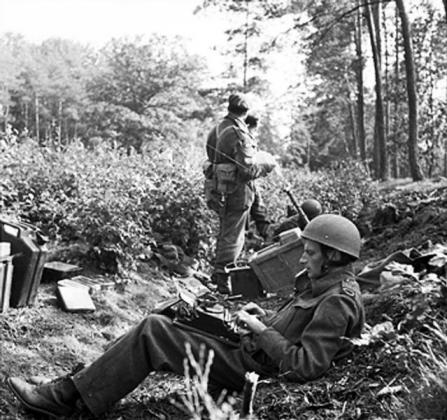I have this friend; let’s call him “Bob.”
Or rather, b — that’s how he signs his emails. A typical message looks like this:

i used less words than you
b
Most of “Bob’s” messages are usually clear and concise. Sometimes a little too concise:
whatever happened to this?
b
Well, I had to scroll down to re-read several, older messages to understand that he was inquiring about an earlier project that I was asking his help on.
Bob’s a creative type. Actually, he’s a designer with great skill in creating everything from catalogs to websites and a whole lot in-between. (He designed this site, so you can see I like his work.) However, communicating with Bob sometimes feels like I’ve entered an electronic Twilight Zone where the guy on the other end is channeling e e cummings:
do you know/remember Barnaby’s wiife’s name?
b
That’s right. He forgot to correct an obvious typo. I mean, how long can it take to proof-read a message this short?
Okay, by now you’ve probably guessed that I’m a little fussy when it comes to grammar.
Here’s what’s on my shelf: “Rules For Writers” 5th edition by Diana Hacker; “Grammar, Rhetoric and Composition for Home Study” by Richard Mallery (I’ve had this book since the 5th grade when my mother worked with me on my writing skills); and of course, “The Elements of Style” by Strunk and White. And I still make mistakes.
What about Bob?
Well, since he’s a highly creative type, I’ve grown to accept that he just makes up whatever works for him at the time.
Then there’s the ubiquitous “text” or “instant” message used primarily by teens. A recent news story featured a 13-year old California girl who sent 484 text messages every day in December, averaging one message every two minutes. Her parents received a 400-page statement listing 14,528 text messages for a single month!
Clearly, there are two problems here: 1. Some people have way too much time on their hands; and 2. Email, while beneficial, is too easily used to replace a phone call, letter or in-person conversation.
In other words, we’re using our technology to become more isolated and replace basic, human contact. We’re also using it to send a super-abundance of unsolicited thoughts and feelings, not to mention, “important” articles, pictures or other downloads that pop into our heads or click onto our laptops, BlackBerrys, etc. at any given moment.
I bring all this up because of a book that recently caught my attention: “SEND – Why People Email So Badly and How to Do It Better” by David Shipley and Will Schwalbe.
Here are some of the many points the book covers: When Should We Email?; The Six Essential Types of Email; The Eight Deadly Sins of Email; Eight Reasons You May Not Want to Email; Text and Instant Messages.
“We don’t hate email;” Shipley and Schwalbe say, “we love it… We just want to do it better.”
The book is a quick and easy read for anyone who would not only like a guide to better communication skills, but learn when and with which tool to do that communicating in a clear and respectful way.
And what about Bob?
As soon as I finish the book, I plan on sending it to him… by mail, of course.
Comments
Leave a Comment










I think you mean “site,” as in “web site,” not “sight” as in vision.